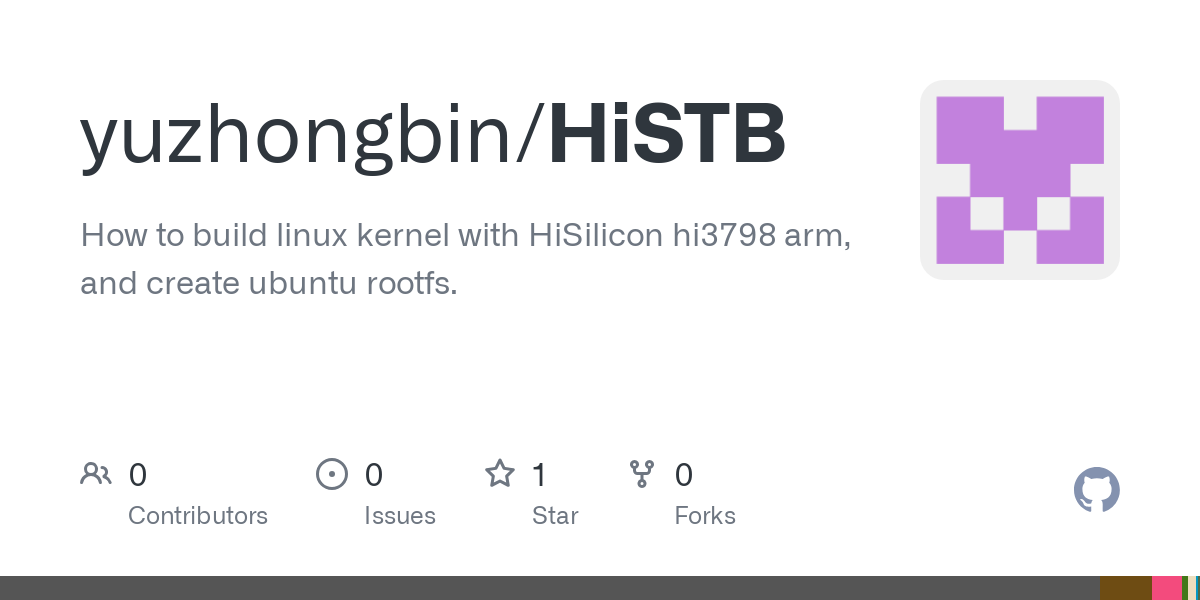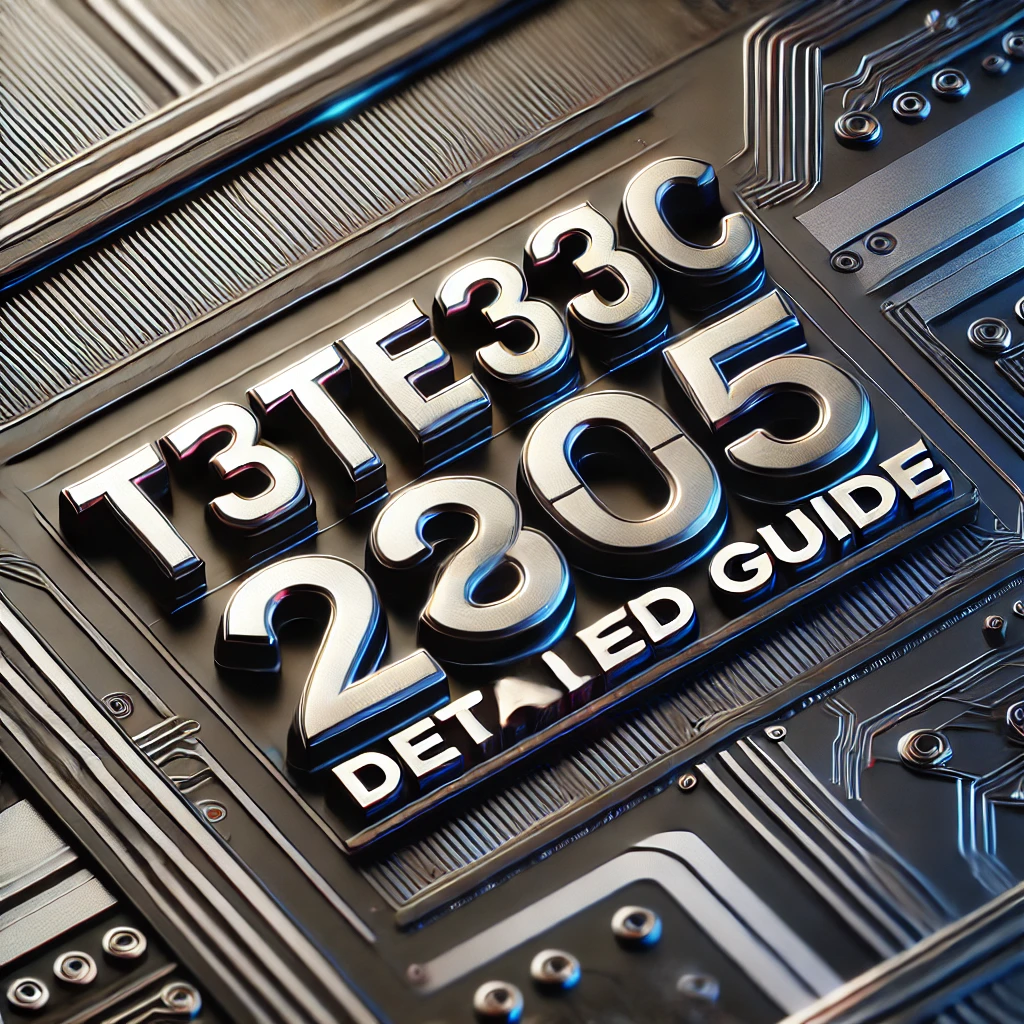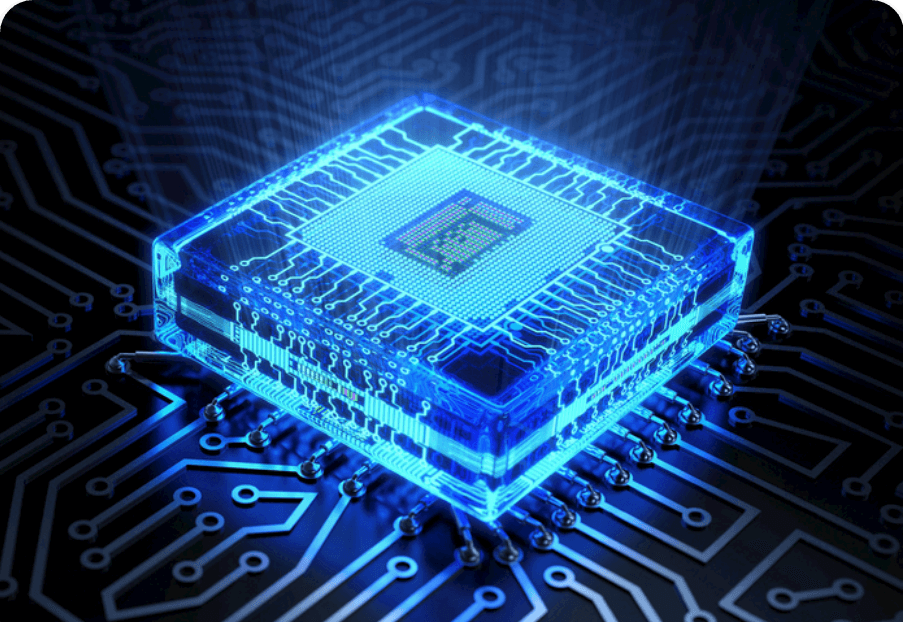Comprehensive Guide to HI3798 MRBCV201 Linux: Features, Installation, and Optimization Tips
Introduction
The HI3798 MRBCV201 chip is an advanced, highly capable processor designed with embedded systems in mind. When paired with the Linux operating system, the combination creates a powerful and efficient platform ideal for a wide range of applications, including IoT, automotive systems, and industrial devices. In this guide, we will explore everything you need to know about integrating and optimizing Linux on the HI3798 MRBCV201 chip. From the installation process to performance tweaks, this article provides a comprehensive resource for developers, engineers, and tech enthusiasts working with this hardware. Whether you are an experienced user or a newcomer, you’ll find valuable insights to make the most out of your HI3798 MRBCV201 and Linux setup.
What is HI3798 MRBCV201?
The HI3798 MRBCV201 is a powerful system-on-chip (SoC) developed by HiSilicon, a subsidiary of Huawei. Designed specifically for embedded systems, this chip offers robust processing power, low energy consumption, and flexible configuration options, making it suitable for a wide range of applications. The MRBCV201 model in particular focuses on optimizing performance for media and communication tasks.
The HI3798 integrates multiple processing units, advanced graphics capabilities, and supports various communication protocols, all of which are essential for creating reliable, fast, and efficient embedded systems. Many modern devices, such as smart cameras, home automation systems, and networking equipment, rely on chips like the HI3798 for processing and connectivity.
Linux Compatibility with HI3798 MRBCV201
Linux, a powerful open-source operating system, is known for its flexibility, stability, and strong community support. It is also highly adaptable to a variety of hardware platforms, including embedded systems like the HI3798 MRBCV201. The open-source nature of Linux allows developers to modify and optimize the OS for specific hardware configurations, and this is particularly useful for the HI3798.
When working with the HI3798 MRBCV201, Linux provides a stable and versatile environment for managing device drivers, system resources, and applications. The chip’s architecture is fully compatible with the Linux kernel, making it a strong choice for developers who need both reliability and customization options.
Setting Up Linux on HI3798 MRBCV201
Installing Linux on the HI3798 MRBCV201 is relatively straightforward for those familiar with the Linux environment. However, some specific steps need to be followed to ensure optimal compatibility and performance. Below is a step-by-step guide to get you started:
- Preparation:
- Download the appropriate Linux distribution for ARM architecture.
- Make sure you have the necessary bootloaders and kernel files compatible with the HI3798.
- Installation:
- Flash the Linux image onto an SD card or eMMC storage.
- Insert the storage medium into the HI3798 board and power on the device.
- Configuration:
- After booting, configure network settings and system preferences.
- Install any necessary drivers for the hardware components such as networking, audio, or video interfaces.
- Finalization:
- Update your Linux system to the latest version for security and performance enhancements.
- Reboot the system to ensure all configurations are applied.
Optimizing Linux Performance on HI3798 MRBCV201
Once you have Linux successfully installed on your HI3798 MRBCV201, the next step is to optimize its performance. The HI3798 MRBCV201 chip, while powerful, requires specific optimizations to ensure that it operates smoothly and efficiently for its intended applications. Below are some key tips for optimizing Linux performance on this hardware.
1. Kernel Optimization One of the first areas you should focus on when optimizing Linux on the HI3798 is the kernel. Since the HI3798 is an ARM-based architecture, you must ensure that the kernel you are using is specifically tailored for ARM processors. Here are a few ways to optimize the kernel for better performance:
- Configure Kernel Parameters: Use kernel configuration tools (like
make menuconfig) to enable or disable specific features according to your needs. This ensures that only necessary kernel features are loaded, which reduces overhead. - Use a Real-Time Kernel: For time-sensitive applications such as IoT or embedded devices, a real-time Linux kernel can help guarantee predictable performance.
- Optimize Scheduler and CPU Frequency Scaling: Tune the Linux scheduler for better CPU resource management, and configure dynamic CPU frequency scaling to match performance demands while reducing energy consumption.
2. Overclocking Although overclocking may not be necessary for every application, for some performance-intensive tasks, pushing the HI3798’s processing power beyond its base clock can significantly improve system responsiveness and processing speed. Keep in mind that overclocking should be done with caution, as it can lead to overheating or reduced lifespan if not managed correctly. Always monitor system temperatures when overclocking, and be aware of the risks involved.
3. System and Memory Management
- Optimize RAM Usage: The HI3798 may not have a large amount of RAM, depending on your configuration, so efficient memory management is key. Using tools like
vmstatandfreecan help monitor memory usage. Make sure to minimize memory hogging processes and use swap space only when necessary to avoid slowdowns. - Use Lightweight Applications: Linux offers a variety of lightweight tools and applications that use fewer resources. For embedded systems, it’s crucial to install and configure lightweight alternatives to traditional desktop applications. For example, use
lightdminstead of a heavier display manager, or opt for lightweight text editors such asvimornano.
4. File System Optimization The file system plays an essential role in how quickly your system can access and store data. Optimizing the file system for the HI3798 MRBCV201 can lead to faster boot times and overall performance improvement. Consider using file systems such as ext4 or btrfs with optimized settings for embedded systems.
- Mounting Optimization: Make sure that file systems are mounted with the appropriate flags for performance. For example, the
noatimeoption helps reduce the overhead of writing timestamps to files, which is especially important for flash-based storage devices. - Partitioning: Proper partitioning can also improve performance. Keep system partitions separate from user data partitions to prevent fragmentation and improve system responsiveness.

Common Challenges with Linux on HI3798 MRBCV201
Although the HI3798 MRBCV201 and Linux offer an excellent combination, some challenges can arise during the installation and configuration process. These challenges are typical when integrating hardware with a new OS, but with the right approach, they can be solved effectively.
1. Driver Compatibility One of the most common issues when running Linux on embedded systems like the HI3798 is the lack of or incomplete driver support for certain hardware components. In many cases, you may need to manually install or compile specific drivers to ensure proper functionality for things like networking, USB ports, or audio systems. For example, if your HI3798 MRBCV201 board includes a Wi-Fi module, you might need to download and install specific drivers that are not included in the default Linux kernel.
2. Lack of Official Support Unlike widely used x86-based platforms, the HI3798 MRBCV201 may not have official support from the broader Linux community. This means that it may take more time and effort to find solutions to problems or to obtain updates for the system. You will often have to rely on online forums, open-source projects, and communities dedicated to ARM-based devices or HiSilicon products.
3. Booting Issues Occasionally, users encounter boot issues when trying to boot Linux on the HI3798 MRBCV201, especially if the bootloader isn’t configured correctly. Ensure that the bootloader (U-Boot or another supported loader) is set up to recognize the storage device and kernel. Also, verify that the device tree is configured accurately to avoid problems during boot time.
4. Power Management and Energy Efficiency Linux on embedded systems like the HI3798 may face power consumption challenges. While Linux does have power-saving features, they need to be specifically configured for the HI3798. For example, certain CPU states may not be properly managed by default, leading to unnecessary energy consumption. Adjusting power management settings, such as CPU frequency scaling and sleep modes, can help mitigate this issue.
Using HI3798 MRBCV201 for Embedded Systems and IoT
The HI3798 MRBCV201 chip is an excellent choice for embedded systems and Internet of Things (IoT) applications due to its low power consumption, high processing performance, and support for a variety of communication protocols.
1. Applications in IoT In the IoT space, the HI3798 MRBCV201 is frequently used in smart devices such as home automation systems, industrial controllers, and security systems. Linux is a popular choice for IoT devices, as it provides an open-source platform that can be easily customized to meet the specific needs of a device. The ability to connect the HI3798 to various sensors, cameras, and other peripherals makes it a powerful tool for creating intelligent devices.
2. Embedded Systems The HI3798 MRBCV201 is also used in embedded systems for industries such as automotive, medical devices, and telecommunications. Its high performance allows for real-time data processing, while the flexibility of Linux ensures that developers can modify the system according to the needs of the device. For example, you can customize the kernel to prioritize real-time operations, essential for automotive safety systems or real-time medical monitoring.
3. Low Power Design Embedded systems powered by the HI3798 MRBCV201 often need to operate in power-constrained environments. Linux provides power-saving features that help minimize energy consumption, which is particularly important in battery-powered IoT devices. By fine-tuning Linux’s power management features, you can extend the battery life of your devices without sacrificing performance.
Security Considerations for Linux on HI3798
Security is always a priority when deploying Linux on embedded systems like the HI3798 MRBCV201. Since these devices are often part of larger networks, they are vulnerable to cyber-attacks if not properly secured.
1. Regular Security Patches One of the first things to do after installing Linux on the HI3798 is to ensure that you are using the latest security patches. Linux regularly releases updates to address vulnerabilities, so it’s essential to stay up-to-date with patches and fixes.
2. Harden the Linux System To further enhance security, consider hardening your Linux installation by disabling unnecessary services, enabling firewalls, and using security tools such as AppArmor or SELinux. These tools provide additional layers of protection against unauthorized access and malicious software.
3. Encryption In IoT and embedded applications, data encryption is crucial. Linux supports various encryption techniques, including full disk encryption (LUKS) and file system-level encryption (eCryptfs), to ensure that sensitive data remains secure even if the device is lost or compromised.
Advanced Configuration and Customization
For advanced users who need to customize their Linux installation further, there are many possibilities to explore. From custom kernel builds to automation and scripting, here are a few advanced tips for working with Linux on the HI3798:
- Custom Kernel Development: If the default Linux kernel does not fully meet your needs, you can develop a custom kernel to improve performance or add additional features.
- Automation: Use scripting languages like Python or Bash to automate routine tasks, such as system updates, data collection, or network monitoring.
- Cross-Compiling for Performance: If you need to optimize the software for your specific application, consider using cross-compilation to compile code on a more powerful system before deploying it to the HI3798.
Conclusion hi3798 mrbcv201 linux
Integrating Linux with the HI3798 MRBCV201 provides an incredibly powerful platform for embedded systems and IoT devices. By following the steps outlined in this article, you can optimize performance, address common challenges, and take full advantage of the features the HI3798 has to offer. Whether you are developing smart devices, building industrial automation systems, or experimenting with cutting-edge technology, Linux on the HI3798 MRBCV201 is a solid foundation for your projects.
Stay up-to-date with kernel and security patches, and keep exploring new ways to optimize and secure your system. By following best practices and leveraging Linux’s flexibility, you can build robust, efficient, and secure systems for a wide variety of applications.






4 COMMENTS